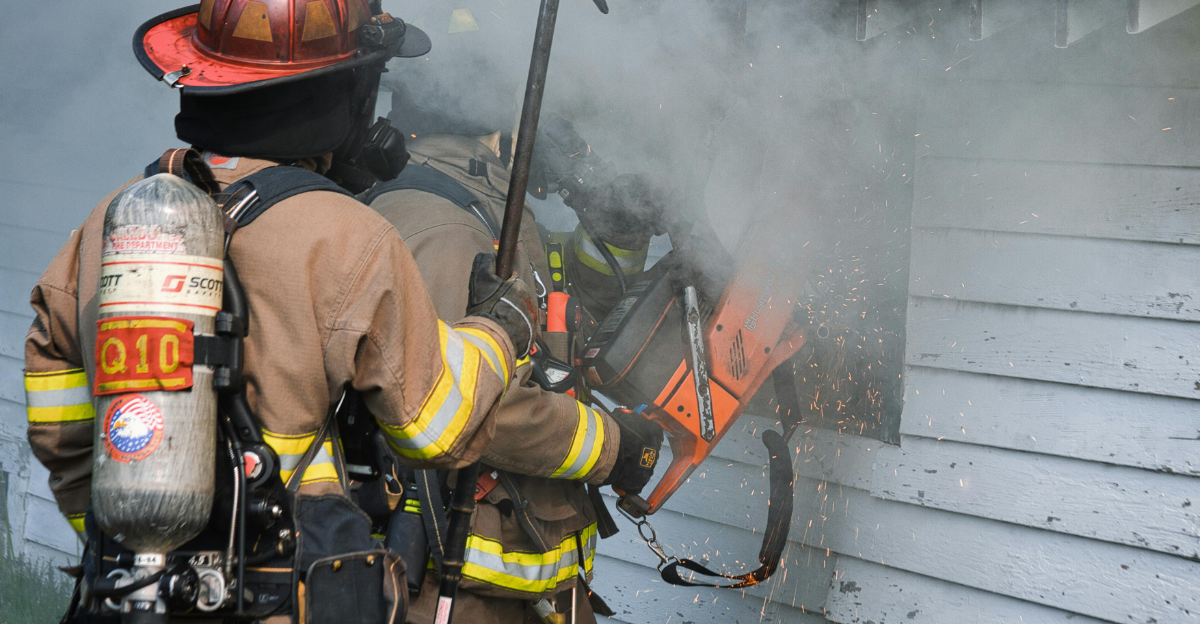
Have you ever looked around your house and thought, “What if this thing catches fire? You’re not the first one to think this, and certainly not the last. We all have our imagination, but sometimes the reality of it happening is stronger than we believe. You might’ve heard about it, seen it play out in Sims, or just fear that there is a risk of a fire hazard in your home. Together, we can identify the primary suspects and culprits of everyday items that are at risk of becoming a threat if not handled correctly. Let’s explore!
1. Cheap Phone Chargers
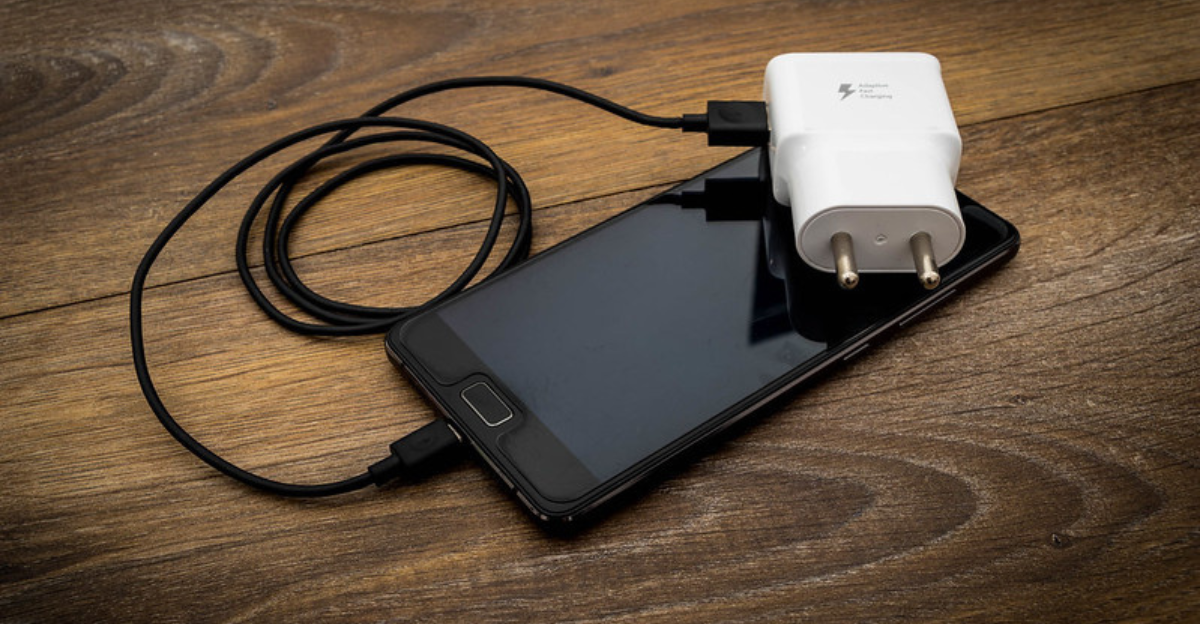
While spending no more than 5$ on a phone charger sounds incredibly tempting, you’re paying by taking on the risk of your home being in danger. These chargers lack overheating protection and proper voltage regulation. Reports from the fire departments state that house fires are becoming increasingly connected to counterfeit or uncertified phone chargers.
2. Lithium-Ion Batteries
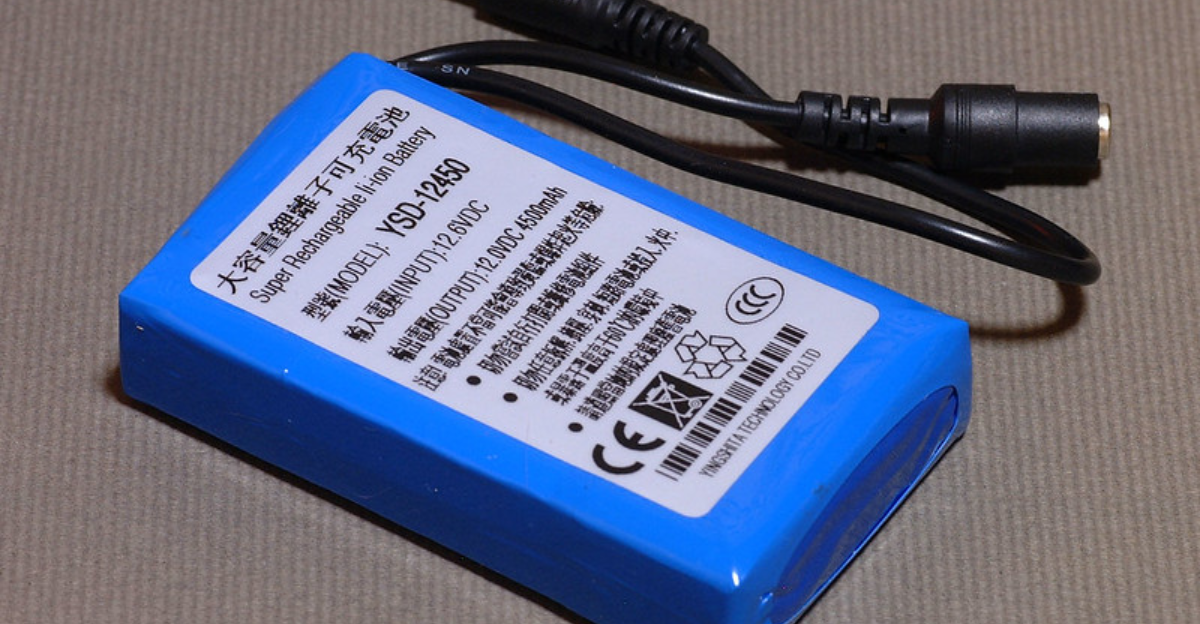
While on the topic, any power tools like scooters, laptops, and e-bikes that run on lithium-ion batteries can ignite suddenly when damaged. But what’s worse is that the fire carries a heavy amount of toxic smoke. This is why apartment complexes have started banning charging your batteries indoors.
3. Lint-filled Dryer Vents
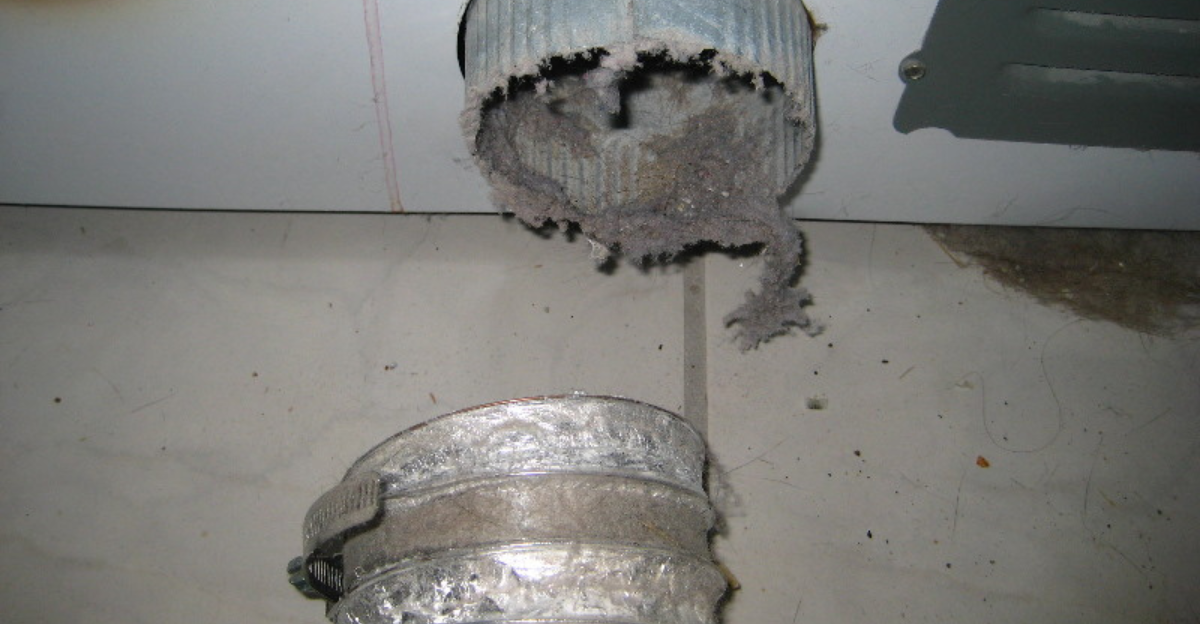
Dryer vents can and will accumulate lint, which is flammable, deep in the exhaust line. This can often go unnoticed until it is too late. So, to prevent a tragedy of this sort, you’d better clean your dryer vent and hose at least once per year!
4. Space Heaters
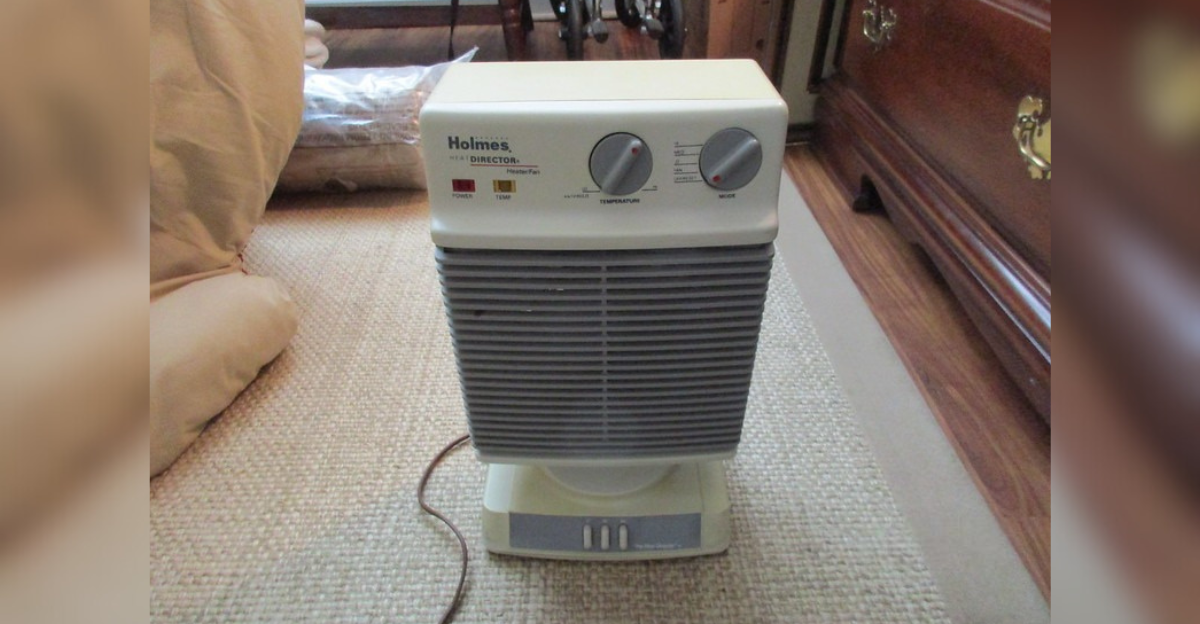
They are notorious for starting fires! The higher risk rests in the older models, which lack automatic shut-off. Focus on turning them off while you’re sleeping or away from home. Experts have also talked about never plugging space heaters into power strips but only directly into the wall.
5. Scented Candles
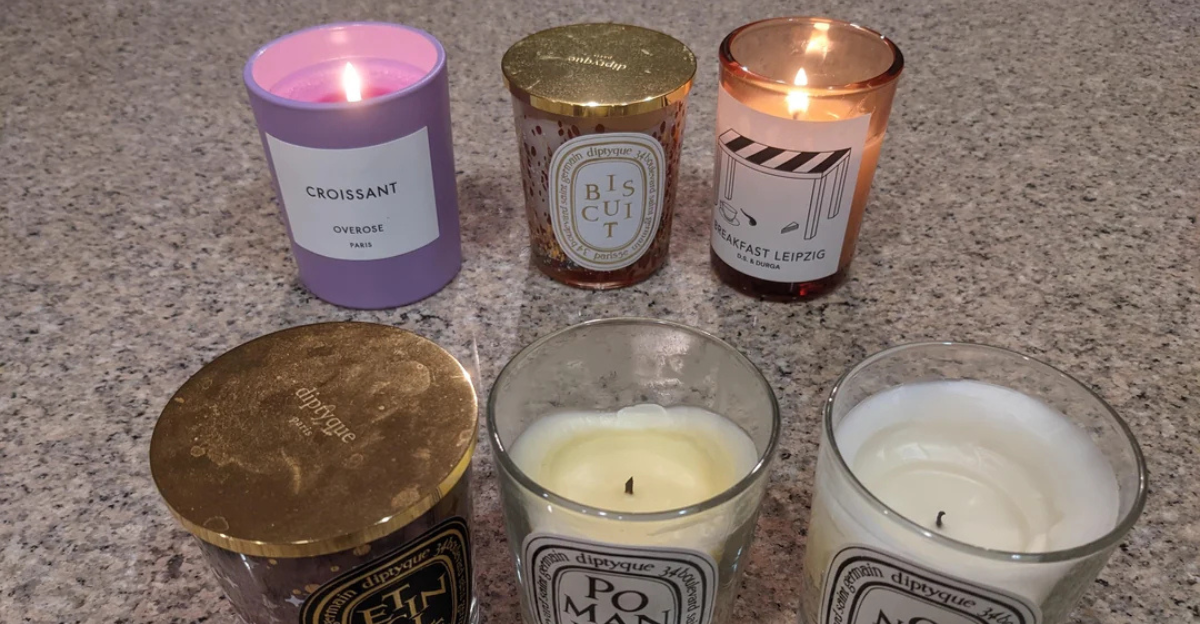
Yes, they smell great. They’re a fabulous addition to the overall ambiance of your room. But one knocked-over candle and it’s game over. Plus, if they burn for too long, the container overheats and risks cracking. The moral of the story is to never leave a candle unattended and always make sure it’s not easy for you to bump into it.
6. Frayed Phone / Laptop Cables
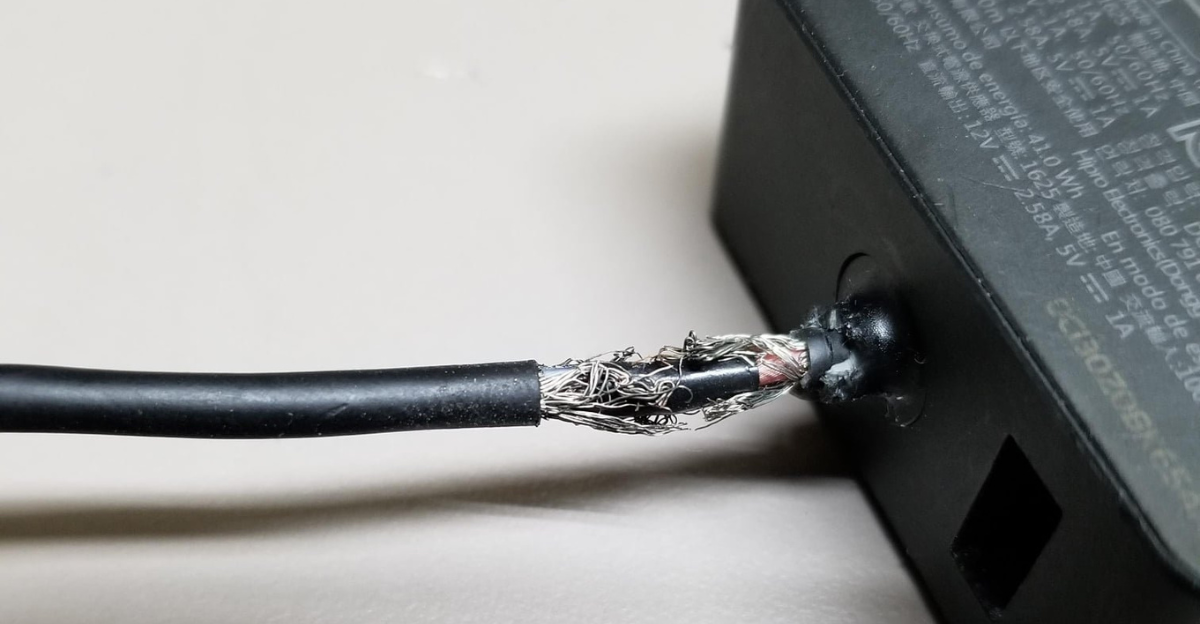
The things we do to save money. When wires get exposed, there’s a plethora of unknown risks we’re exposing ourselves to: they can short out, overheat, or spark out on the carpet. People often believe if they’re taped shut, then it’s fine, but it’s not. Fire specialists are calling these ones “small cords with big consequences.”
7. Air Fryers And Toaster Ovens
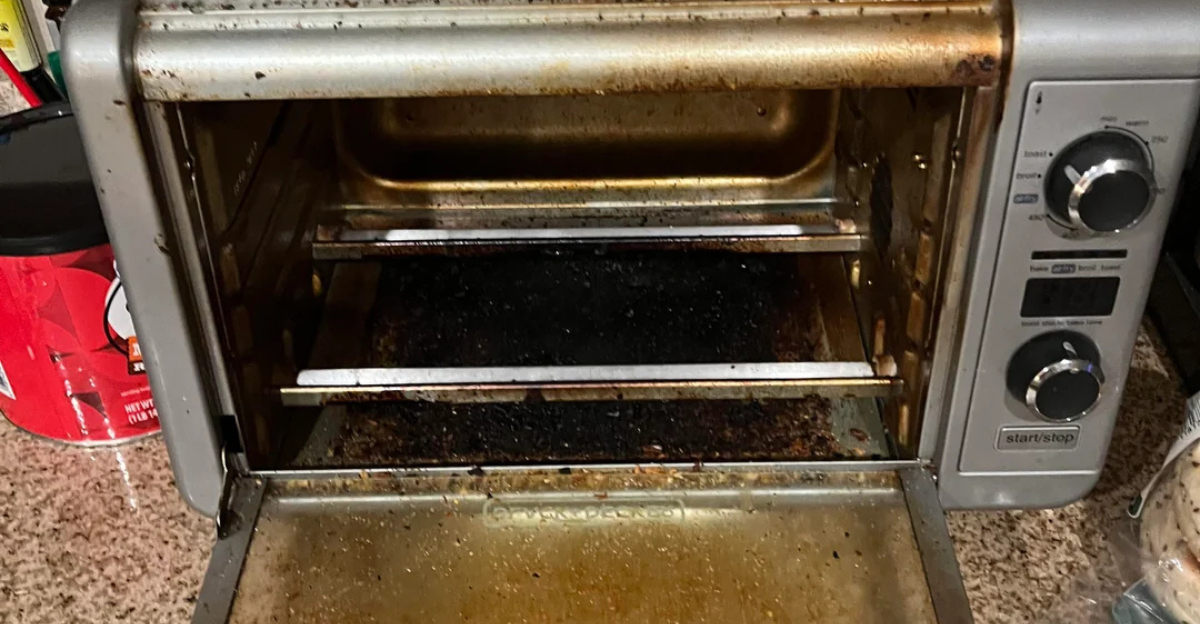
If your air fryer is glued to the wall or resting next to an inflammable object, you’re in danger. And if it’s not being cleaned regularly as indicated? That’s a fire hazard right there. Crumbs and oil residue; that’s all an air fryer or a toaster oven would need to catch fire. It’s best to place these kitchen appliances on a heat-resistant surface and with room to ventilate.
8. Dishwashers
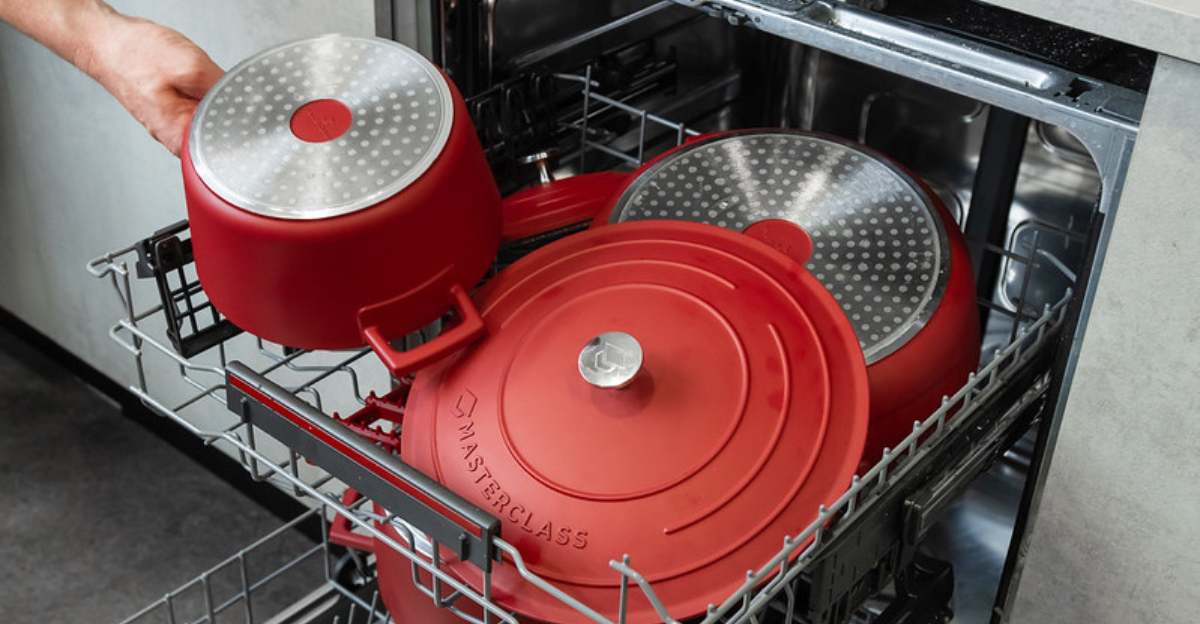
Air fryers aren’t the only culprits; actually, dishwashers have been notorious fire starters for much longer. The scariest part is that a record number of house fires due to dishwashers happened because those dishwashers were left to run during nighttime. Run the dishwasher while you’re at home and awake!
9. Extension Cords
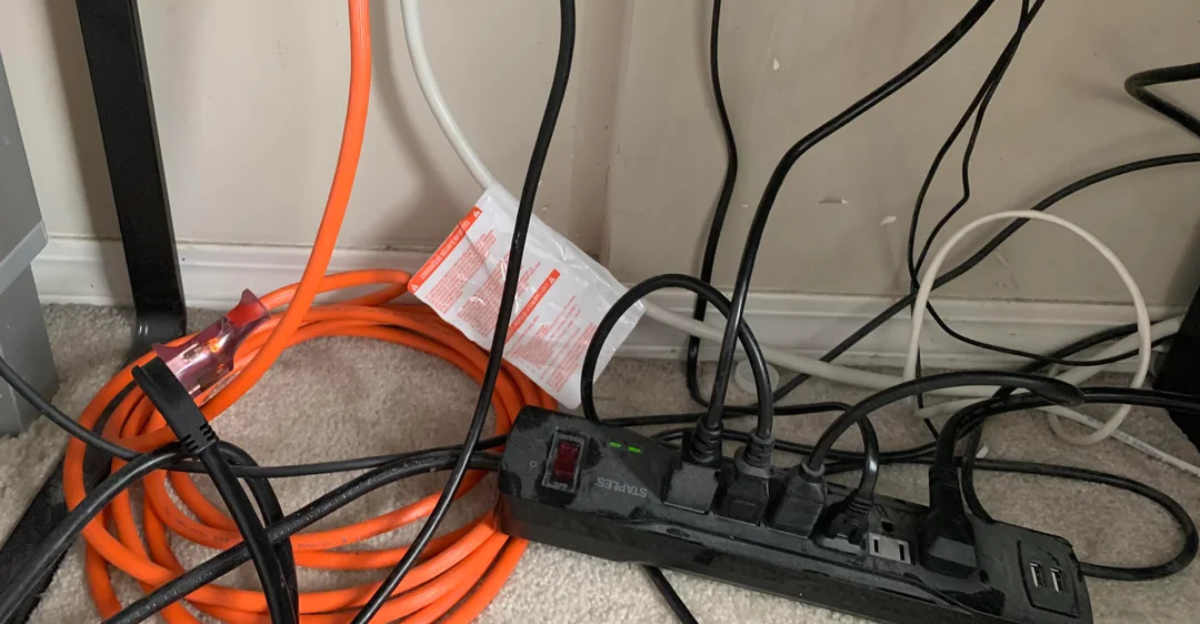
It’s because they’re being seriously misused. They’re supposed to be temporary solutions, but many people treat them as permanent. These extension cords are working overtime many times for TVs, computers, and kitchen appliances. If you run them under carpets or furniture? That’s the most opportune spot for them to overheat.
10. Stovetop Grease Buildup
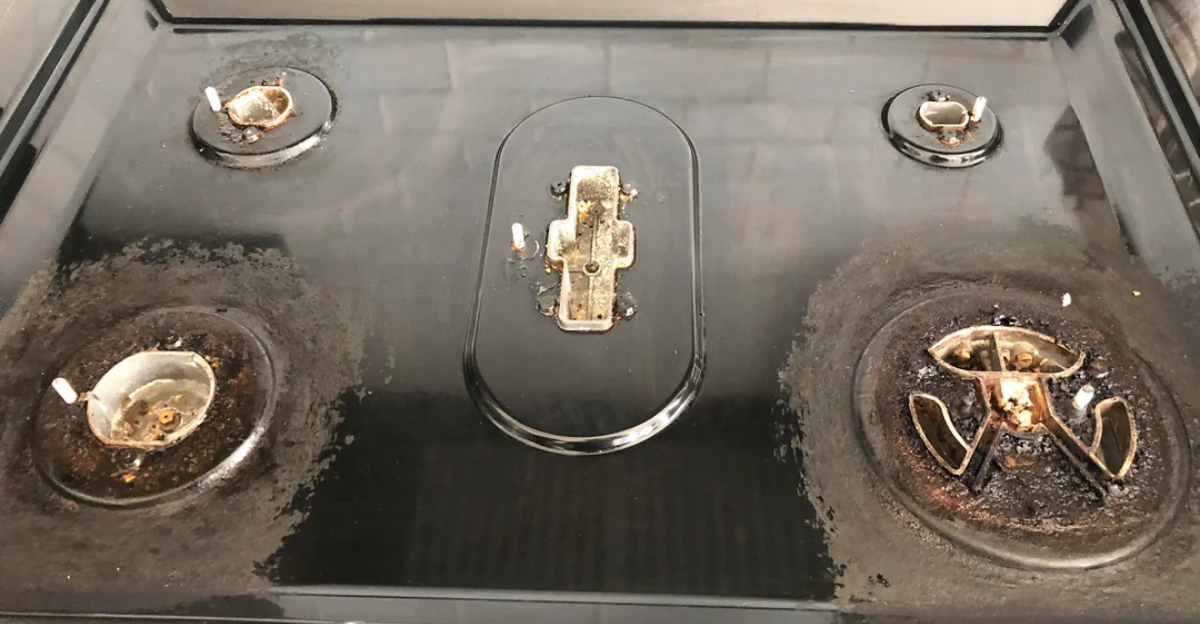
Cooking oil that has not been properly cleaned off the stovetop is a primary culprit for spontaneous ignition. One flare-up, one dropped paper towel, and it’s gotten everything it needs. Even a thin line of grease is fuel for the fire. What’s best is to keep a fire blanket or baking soda nearby. Just in case.
11. Holiday Lights
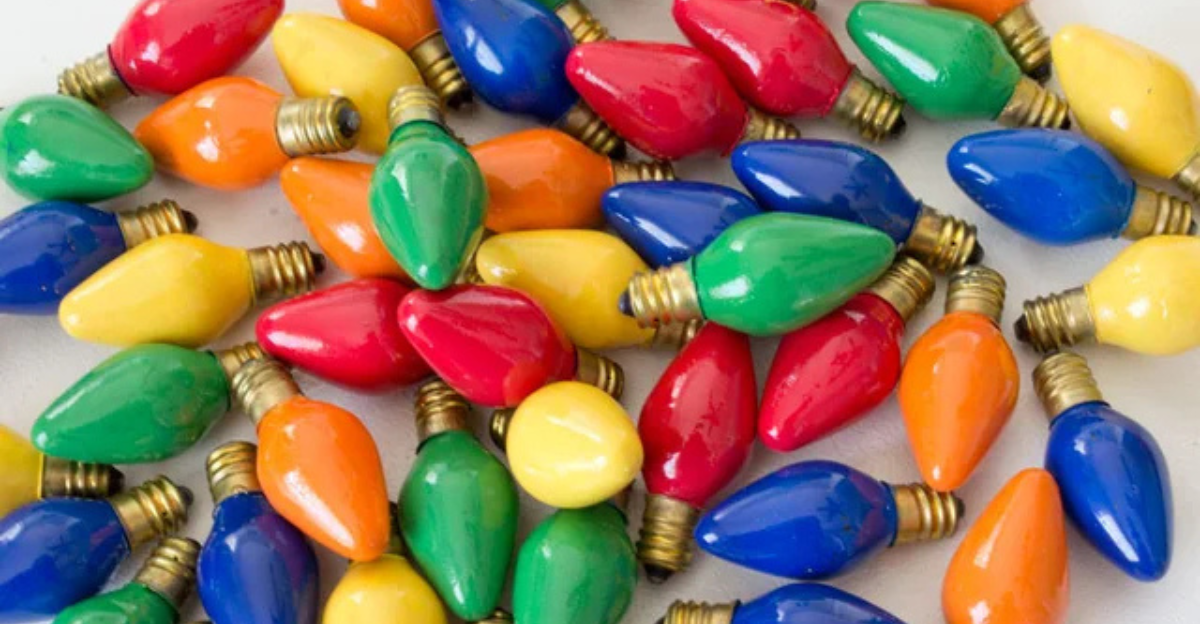
Recreating the Christmas magic we experienced during our childhood often involves the same old decorations. Nostalgia hits hard. Yet those old wires from the holiday lights we so loved crack and become brittle, since they lack proper insulation. LED lights are now the number one pick for a reason: they’re safer and more energy-efficient!
12. Electric Blankets
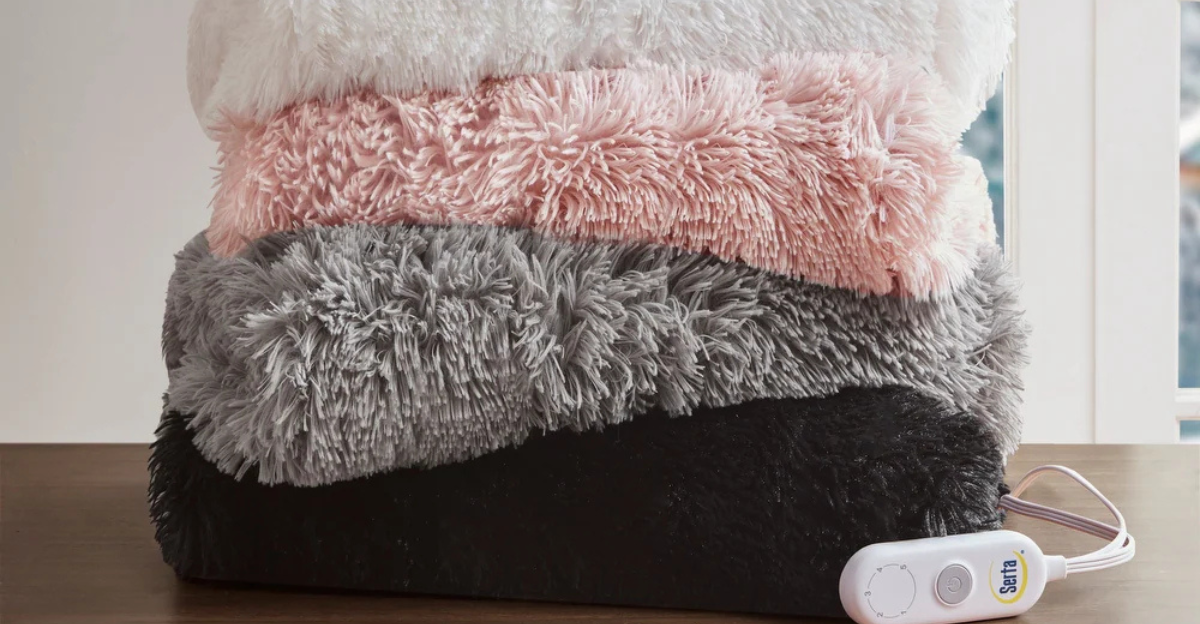
Many old and poorly run electric blankets overheat and start burning suddenly. Wrapping them or folding them while they’re in use traps heat, which increases the risk. Make sure to check for signs, like exposed wiring, faulty controllers, and evidence of wear. Newer models now have auto shut-off and safety certifications. It’s the old ones you have to watch out for.
13. Microwaves
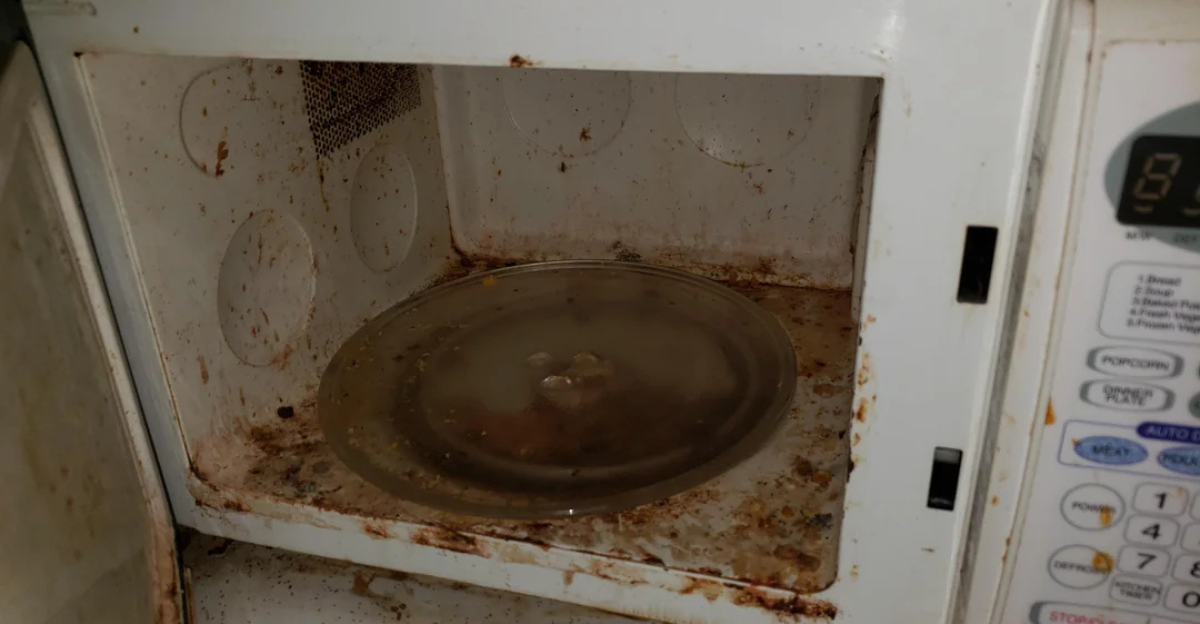
A microwave with dirt in its vents or a metal bowl is a microwave one step away from catching fire. You must always check the manual for what’s safe to use and how to clean it properly. Grease buildup in the inner walls is a danger many are unaware of.
14. Plug-in Air Fresheners
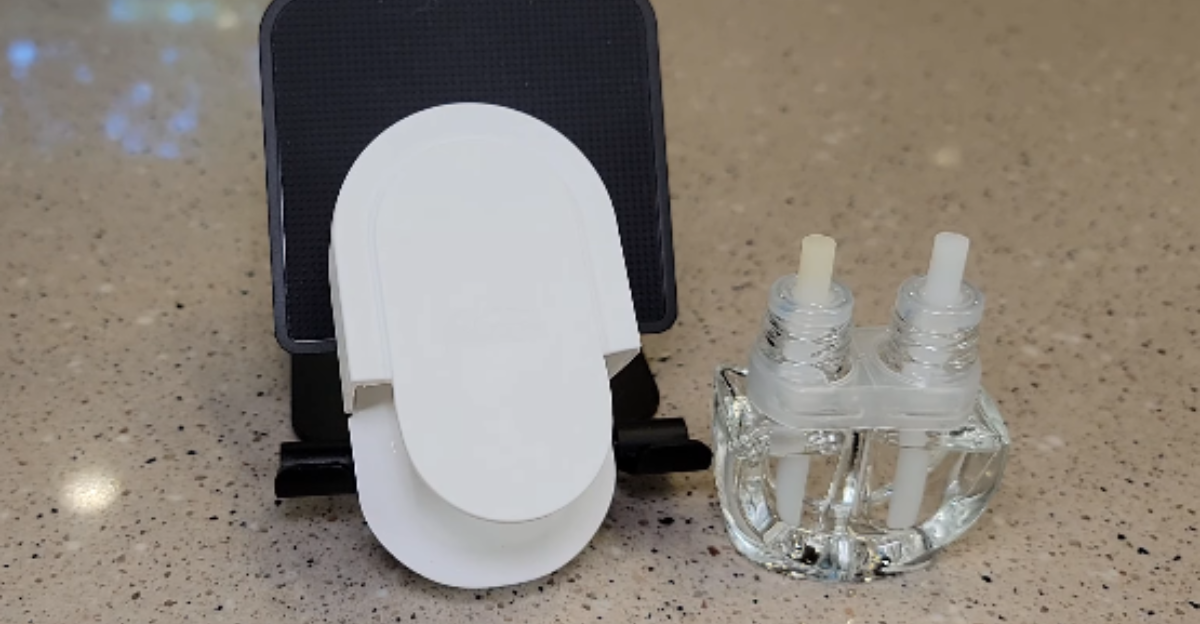
Plug an air freshener into an overcrowded outlet or near curtains, and it overheats. Fast. Some have even been returned because of problems with the heating elements. So, if you insist on using an air freshener, have it in open areas and away from furniture. Remember, low wattage doesn’t mean low risk.
15. Hair Tools
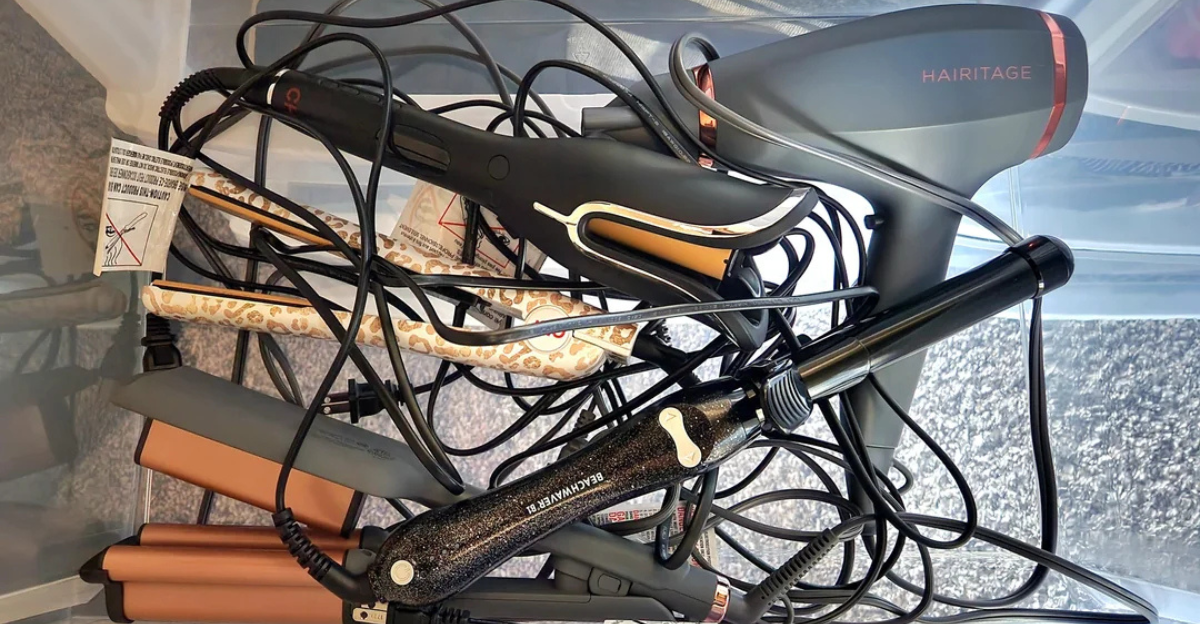
Straighteners, curling irons, and blow dryers. They can easily be forgotten and left to run hot for hours. If they’re near anything like towels, paper, or a wooden surface, a fire is almost guaranteed to start. Auto shut-off is an amazing option to have, but that doesn’t replace being cautious.
16. Cracked Light Bulbs

A cracked bulb exposes electrical components, causing heat and sparks. This happens because people often twist bulbs too tightly, which leads to damage to the wiring inside. If a bulb flickers, this is a sign! Never ignore buzzing or a burning smell either.
17. Cluttered Electrical Outlets
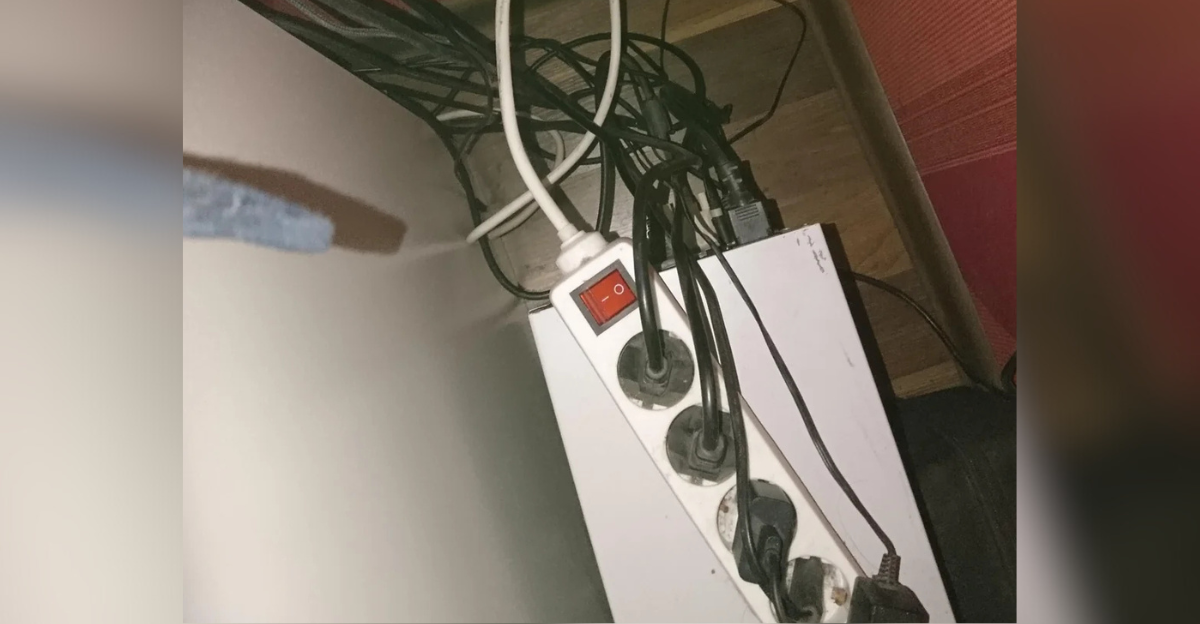
If they’re out of your sight, hidden behind furniture, that doesn’t mean you’re out of the danger zone. When outlets are cluttered and tucked behind furniture, the risk of fire actually increases. Why? Because of dust and poor airflow! Cleaning those areas often is a start, but experts insist on checking these danger zones at least once per month.
18. Old Cookware
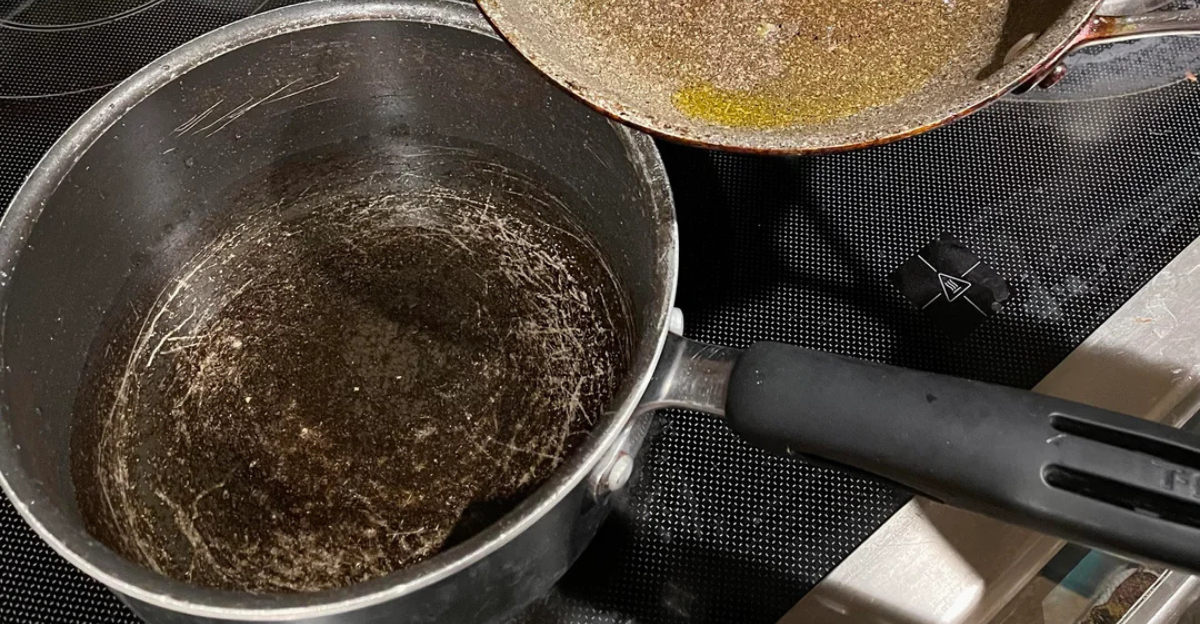
Pots, pans, or anything with a loose handle and nonstick damage should attract your attention. These not only have the potential to start fires, but they also release toxic fumes. It’s best to check your cookware for signs of damage and replace anything with flaking coatings or loose handles. Investing in a few quality pieces will save you money and ensure your safety in the long run.
19. Humidifiers

Humidifiers, or essential oil diffusers, involve both heat and water to function. That is already a warning! If they’re poorly maintained or left to run for too long, they pose many risks. They can accumulate mold, use stagnant water, or wear out faulty heating elements, which all lead to a potential house fire. Clean them often and check to make sure you’re only using the recommended liquids. To be clear, just because it’s small, it doesn’t mean it cannot pose a big threat.
